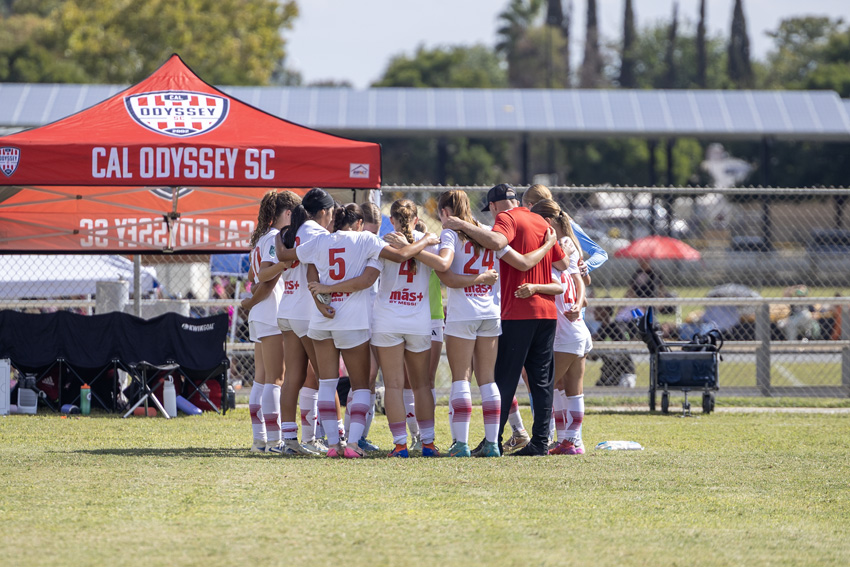While some parents are willing to chauffeur their children from soccer practice to violin lessons, others simply don’t have time. Having parents with busy schedules is one factor that encourages teens to get their driver’s license as soon as possible.
Even though she has two years to wait, freshman Maddie Yee already looks forward to driving.
“Because I don’t have my license, I don’t get to go out if my parents are tired or already have plans,” Yee said. “When I get my license, I’ll have more freedom and be able to do things whenever I want. I won’t have to ask my parents to drive me places anymore.”
While there are obvious benefits to getting a driver’s license, the process can be taxing. Driver’s education, which may be completed either online or in a classroom, can not only be expensive, but time-consumming. The price of driver’s education in California ranges from around $20 to nearly $100.
These requirements, when combined with safety concerns and the overall expenses of driving, raise the question: “Is it really worth it?” After considering the benefits, Clovis North Educational Center student Ashlyn Downs, ’11, came to the conclusion that a license is not beneficial enough to justify the risks.
“I haven’t tried to get my license yet,” Downs said. “I’m too afraid to drive; I always think the car will malfunction and the brakes won’t work. I don’t want the responsibility of driving, either; I’d have to pay for my own gas and insurance, and I’m not ready for that yet.”
Despite her current anxiety, Downs sees herself driving in the near future. She expects to get her license when she is 17 or 18 years old.
“My mom said if I don’t get my license soon, she’s going to make me get it,” Downs said. “I think she’s getting tired of driving me around all the time.”
Unlike Downs, Zach Camden, ’11, was anxious to drive and he got his license a few months after his 16th birthday.
“Getting my license was worth all the work,” Camden said. “I feel more independent and I have more control over where I go, even if it is just to a friend’s house.”
Despite his concerns about taking his drive test, Camden passed on the first attempt.
“I was pretty nervous about the drive test,” Camden said. “The person who went right before me had just failed for the third time. Hearing that did not help my nerves at all!”
According to the Department of Motor Vehicles (DMV) 50% of teens taking their driving test fail the first time. Mike Manzie, ’82 alumnus and owner of Code 3 Driving School, offers advice on how to not only pass a drive test, but become an overall safer driver.
“When driving, always look at the open space where you want the car to go rather than at the objects around you,” Manzie said. “Parents tell kids to ‘Watch out for the car in front of you.’ This is bad advice because your hands follow your eyes. If you focus on the car directly in front of you, you will eventually hit it.”
For students who are worried about taking their drive test the DMV Web site offers these tips:
-Accelerate smoothly. Don’t race the engine or make it stall.
-Stop the vehicle gently. Start braking well ahead of where you must stop to avoid sudden “jerks.” Know where to stop. Be aware of crosswalks. If your view is blocked at a crosswalk, move forward carefully and look both ways before entering the intersection.
-Always look for potential hazards (scan). Check your mirrors frequently. Always look over the proper shoulder before making lane changes or pulling away from the curb.
For more information on Code 3 Driving School, call its office at (559) 297-6903.






